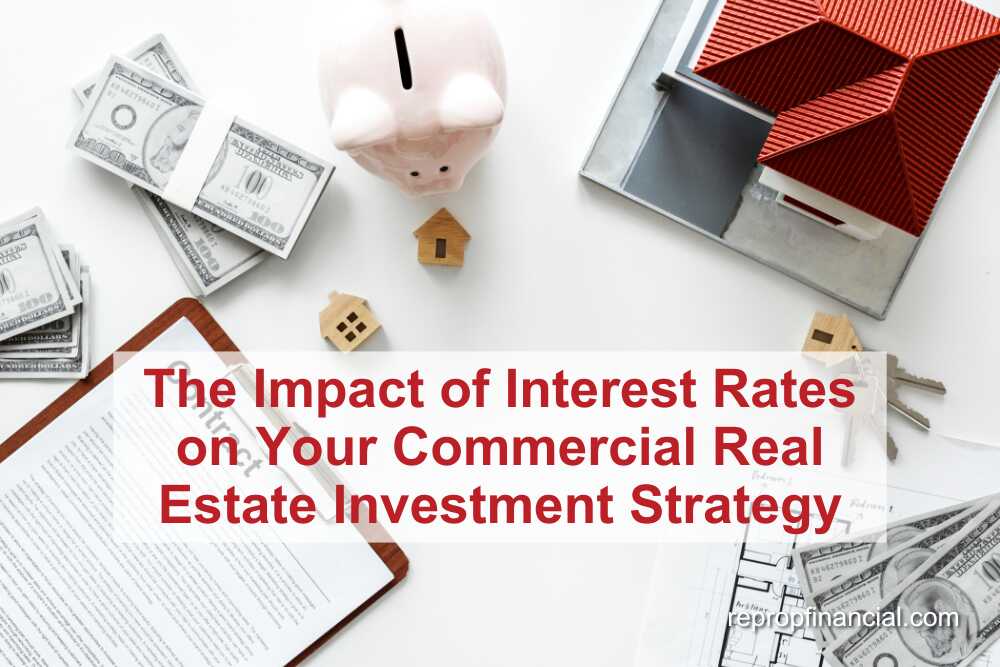Navigating higher-for-longer rates: What every CRE investor needs to know
Inflation, central bank policy changes, and economic uncertainty have kept interest rates elevated, marking a significant departure from the ultra-low rate era of the 2010s and early 2020s. For investors, these fluctuations are more than just data points—they directly affect financing costs, property valuations, and the long-term profitability of real estate assets.
This blog explores how rising and fluctuating interest rates influence your commercial real estate investments and shares tailored strategies to help you navigate this evolving landscape.
How Interest Rates Shape Your Financing and Returns
Interest rates impact nearly every aspect of a commercial real estate deal, including acquisition costs, debt service coverage ratios (DSCR), cash flow, and ultimately, return on investment (ROI). As rates rise, borrowing costs increase, resulting in higher monthly payments for both variable-rate and new fixed-rate loans.

Here’s what that could mean:
– Deal Affordability: Higher rates reduce investors’ purchasing power. A property that penciled out at a 4% cap rate last year might no longer meet return thresholds at today’s rates.
– Property Values and Cap Rates: As financing costs rise, cap rates typically adjust upward, which in turn reduces property values. In this environment, sellers and buyers face a pricing disconnect, slowing transaction volumes.
– Cash Flow Pressure: Properties purchased with variable-rate loans are seeing increased monthly debt obligations. For highly leveraged deals, this can compress cash flow or even squeeze profitability below safe DSCR levels.
Four Smart Strategies for CRE Investors in a Rising Rate Environment
- Reevaluate Leverage and Loan Terms
How you structure debt matters more than ever. Fixed-rate loans offer predictability and are often preferred during periods of volatile interest rates. However, they typically come at a premium and lock you in if rates eventually decline. On the other hand, variable-rate loans may offer a lower initial rate but carry interest rate risk. Matching the loan structure to your investment hold period and risk tolerance is essential. At ReProp Financial, we help clients weigh these trade-offs through a tailored financing approach.

- Stress-Test Your Cash Flows
Run scenarios using higher interest rates and operating cost assumptions. How resilient is your portfolio if rates increase by 100–200 basis points? By stress-testing your pro forma, you can more effectively evaluate asset performance and proactively develop contingency plans, such as rent adjustments or expense reductions.
- Consider Bridge Financing or Refinance Strategically
If you have a balloon payment or maturing loan on the horizon, now’s the time to start planning. Bridge lending can offer flexible terms to reposition or stabilize an asset until a more favorable rate environment materializes. Timing your refinance to coincide with peak occupancy or income can also improve terms.
- Shift Focus to Value-Add or Niche Opportunities
In a higher-rate, lower-leverage market, core deals become harder to pencil. Investors are turning to value-add or underutilized properties where improvements can offset borrowing costs. Additionally, shifting toward asset classes with higher cap rates—such as industrial flex or specific retail properties—may improve yields despite elevated financial costs.
Looking Ahead: Adaptability Is Key
While no one can predict precisely where rates will go next, investors who stay nimble and adopt financial strategies aligned with market conditions will be better positioned to thrive. Commercial real estate has historically proven resilient, mainly when supported by well-structured financing and forward-looking investment decisions.
At ReProp Financial, we bring decades of expertise in structuring commercial real estate financing for dynamic market cycles. If you’re reevaluating your investment strategy in light of changing interest rates—or simply need a lending partner who understands your goals—connect with our team.
We’re here to help you move forward confidently, with loans built for the real world.


